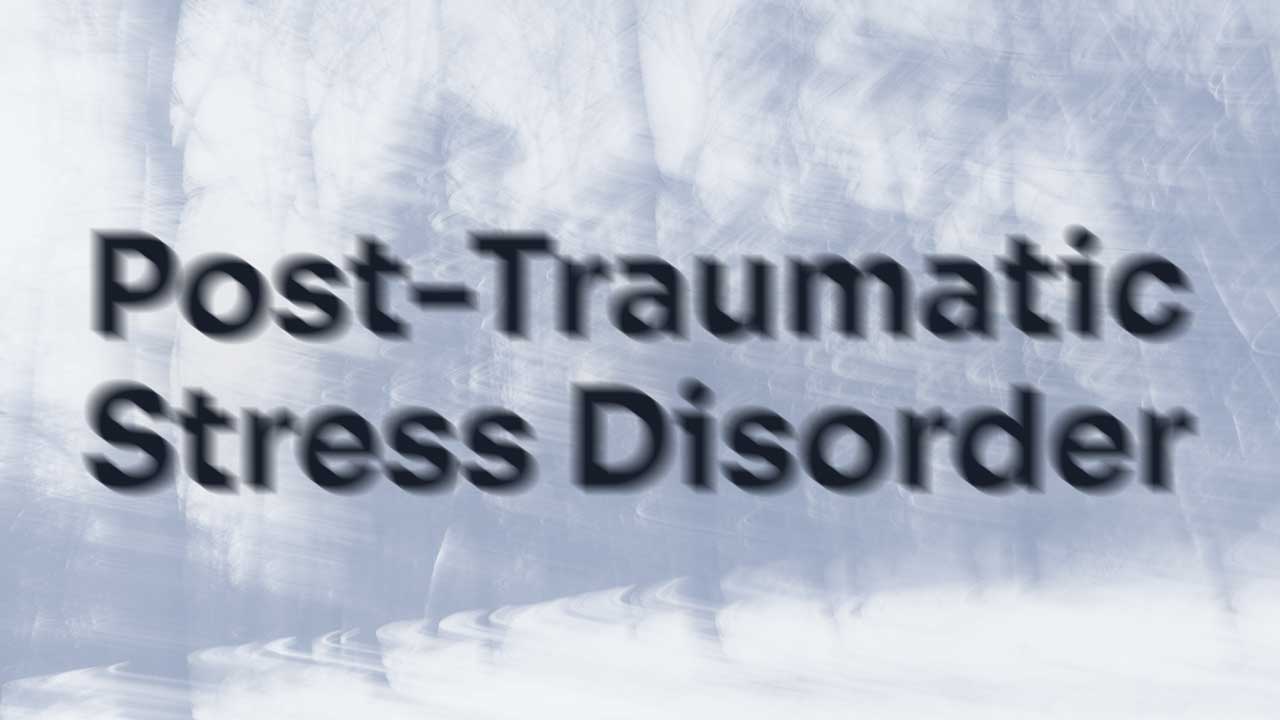Post-Traumatic Stress Disorder Explained
Published: 19 September 2022

Published: 19 September 2022

Did you know that around 12% of Australians will experience PTSD in their lifetime? (SANE 2022).
Post-traumatic stress disorder (PTSD) is the term given to a specific set of reactions and health complications that follow the experience of an event that threatened a person’s life or safety, or the safety of those around them (Better Health Channel 2022).
The term PTSD is often used to describe post-war mental health complications, but you don’t need to have experienced combat to have PTSD. PTSD can relate to a range of traumatic events, which in many cases have severe effects on the person.
Note that PTSD is distinct from post-traumatic stress (PTS). PTS is a normal and adaptive response to trauma - not a mental illness. The side effects of PTS should resolve over the space of a month (Bender 2018).
Situations that may trigger PTSD include:
(Phoenix Australia 2022; Better Health Channel 2022; Torres 2020; Your Health In Mind 2021)

(SANE 2022; Your Health in Mind 2021)
(NIMH 2019)
It’s well documented that people with post-traumatic stress disorder often present with additional psychological disorders. In fact, about 80% of people with PTSD develop additional conditions such as depression, anxiety and substance abuse (Better Health Channel 2022).
A study into the prevalence of PTSD in Aboriginal and Torres Strait Islander Peoples in custody in Australia found that PTSD often corresponded with anxiety (31.2%), depression (32.8%), psychosis (24.6%) and suicidal ideation (50.1%) (Heffernan et al. 2015).

(Torres 2020; Beyond Blue 2013; Better Health Channel 2022; Mayo Clinic 2018; Orentas & Gökbayrak 2021)
PTSD can impact all facets of life including work, relationships, health and overall quality of life (Your Health in Mind 2021).
Children and teenagers can have extreme responses to trauma, but the symptoms they display are often different to those expressed by adults (NIMH 2019).
Be alert to symptoms such as:
(NIMH 2019)

Treatment may include:
(SANE 2022; NIMH 2019)
For children, trauma-focused cognitive behaviour therapy is the recommended treatment (Better Health Channel 2022).
Revisiting places or reuniting with certain people can reignite PTSD in some people. It is recommended that patients make a recovery plan with their therapist (Your Health in Mind 2021).
Support from loved ones or groups may also be helpful (Mayo Clinic 2018).
Question 1 of 3
True or false: Men are more likely to develop PTSD than women.